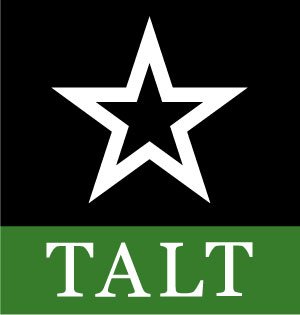Durst Lake
Julie Moore and Nancy Hackney have been connected to family land in East Texas for their entire lives. Moore lives in Raleigh, North Carolina, and Hackney is in Lake Jackson, Texas. Their family’s Durst Lakes property has been handed down from generation to generation since the late 1800s. During hard times in the early 1900s, the land was deeded from their grandfather to their grandmother.
“The story is that my grandfather put the land in my grandmother’s name because he was afraid he would default on some loans,” said Moore. “It was a way to protect it from creditors. Later when he wanted it back, she said no. My grandmother hunted and fished on this land, and she loved nature. What happened to this land was important to her, so it’s important to us, too.”
The land was handed down from mother to daughter for the next two generations. Moore and Hackney’s father was in the military, and they lived away from Texas during their formative years. They seldom visited the land as children or even much as adults. But they treasured it, nonetheless.
Durst Lakes encompasses 632 acres in Cherokee and Nacogdoches counties, 15 miles north of Lukin and 12 miles west of Nacogdoches. Approximately 2.5 miles of the Angelina River runs through the property. The land is primarily used for timber production and has a mix of pine and hardwood species, including longleaf pine planted by the family. Deer, ducks, migratory birds, and eagles have all benefitted from the management and conservation of the land which has been leased for a hunt club for decades.
“I was here a few years back standing on the bank of the river, talking to a group of people and I noticed one young man look up in awe,” said Moore. “It was a majestic bald eagle, gliding just above the river at eye level, which was an amazing sight to see.”
Moore says that while the bald eagles don’t permanently occupy the stretch of the river that runs through Durst Lakes, the land is a haven for all manner of fish and wildlife. Having spent her professional career as an endangered species biologist for the Bureau of Land Management and the U.S. Fish and Wildlife Service in the southeastern United States, Moore appreciates the value of good quality wildlife habitat. One of her areas of professional expertise is longleaf pine.
“Longleaf pine is my specialty, because of all the interesting species associated with longleaf forests,” said Moore. “Some years ago, we planted longleaf on the highest ridge of the property, and we’ve been burning it to try and keep it in good shape.”
Neither of the sisters have children, so when they inherited the land from their mother, they briefly considered offers to divide it and sell it. But after some soul-searching, they decided they wanted to forever protect the land that has been in their family for close to 140 years. They began exploring options that would keep the land intact for timber and wildlife, while providing a monetary return by selling it.
“I was familiar with easements through conservation work I’ve been involved with in Georgia and North Carolina,” said Moore. “We heard about the Texas Agricultural Land Trust (TALT) and began exploring the idea in earnest.”
As the discussions got underway, a conservation buyer expressed interest in acquiring the property as part of a mitigation bank. A mitigation bank involves restoration, creation or enhancement of wetlands to compensate for impacts to wetland habitat in another location. After a successful negotiation, Moore and Hackney realized their goal of both selling the land while forever protecting its conservation values with the easement now held by TALT. The easement will allow current uses of the land to continue, including timber production and research work by Stephen F. Austin State University students that has been underway for more than eight years.
“Chad Ellis with TALT told us this is the first easement they’ve done that conserves a significant amount of East Texas timberland,” said Moore. “With the sale of this land to the conservation buyer, there’s 2,000 acres of contiguous land that will never be developed. Going forward the property can be used as timberland and for hunting and fishing and continued existing uses, but it won’t ever be subdivided.”
As the two sisters reflect on the fate of their family land, they know their grandmother would be proud of their decision.
“Our grandmother probably cared more about this land than anyone,” said Hackney. “She held on to that land, even during the Great Depression when times were so hard. She had a real feel for the land, and I think she would be very happy about the way this has turned out.”
Thanks to the conservation ethic of these two sisters, eagles will soar over Durst Lakes for generations to come.




